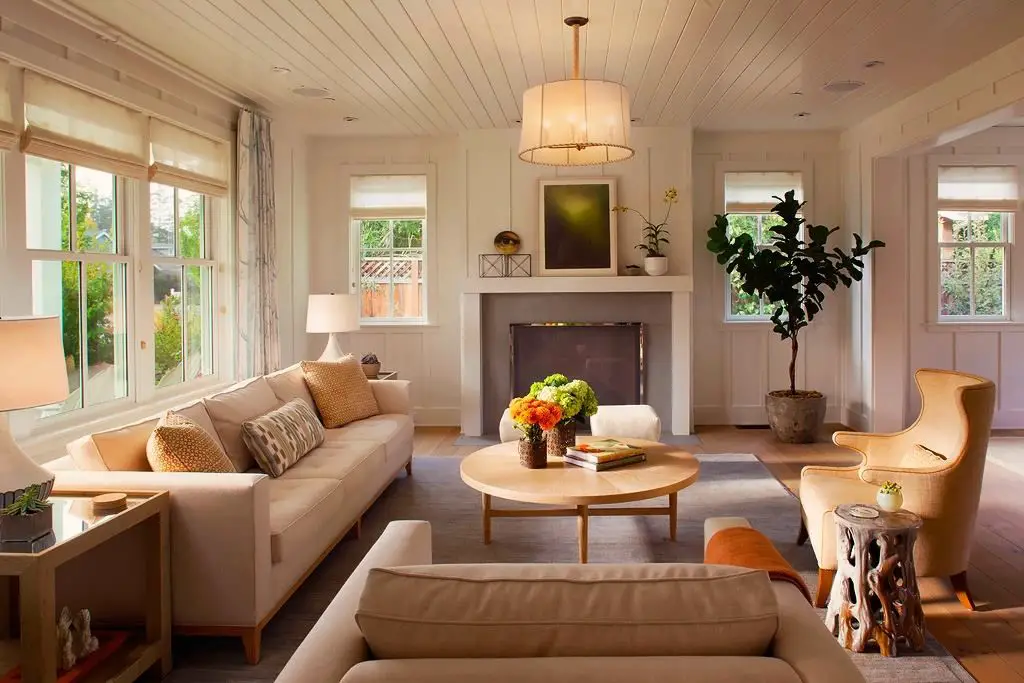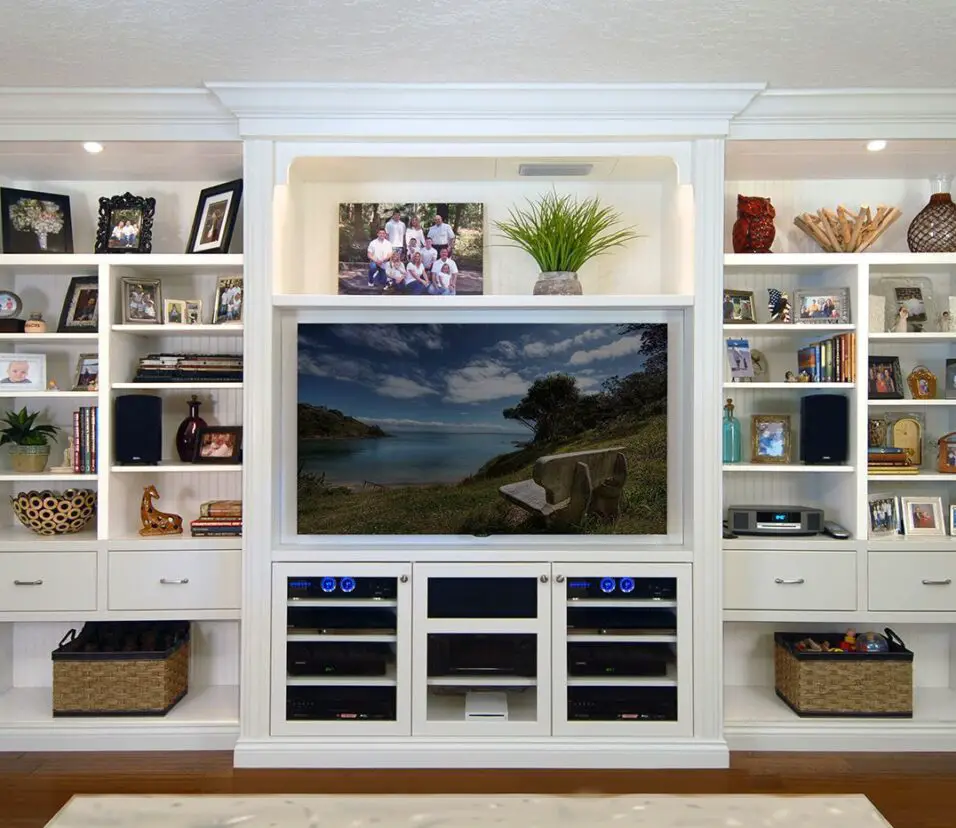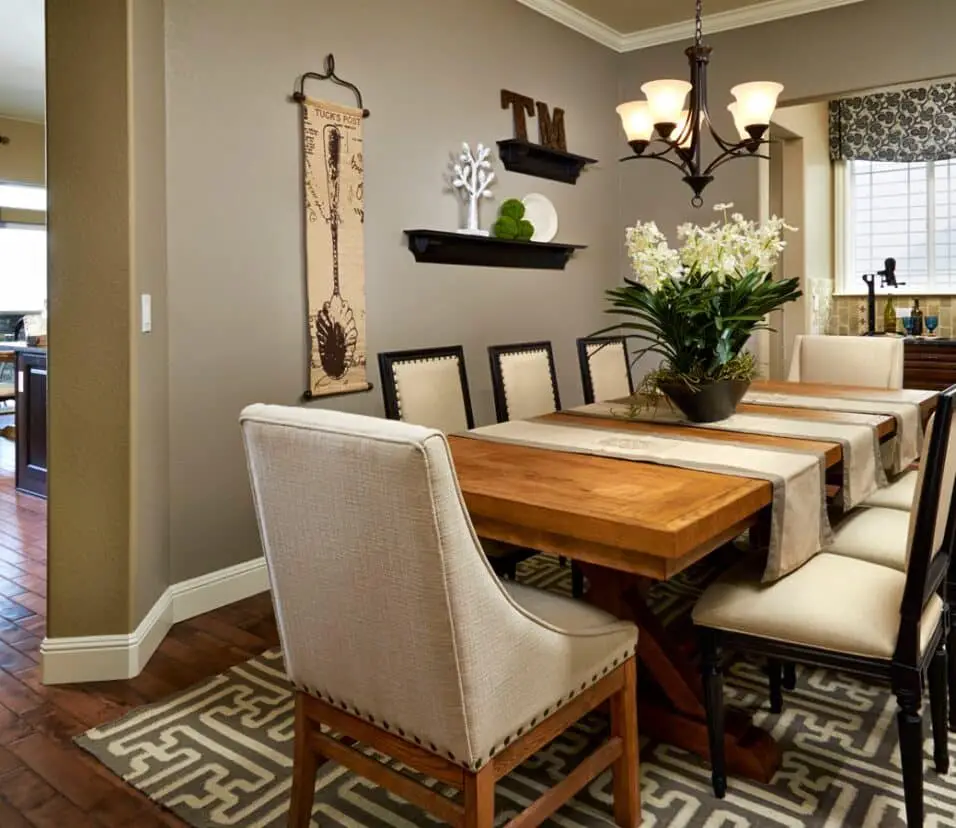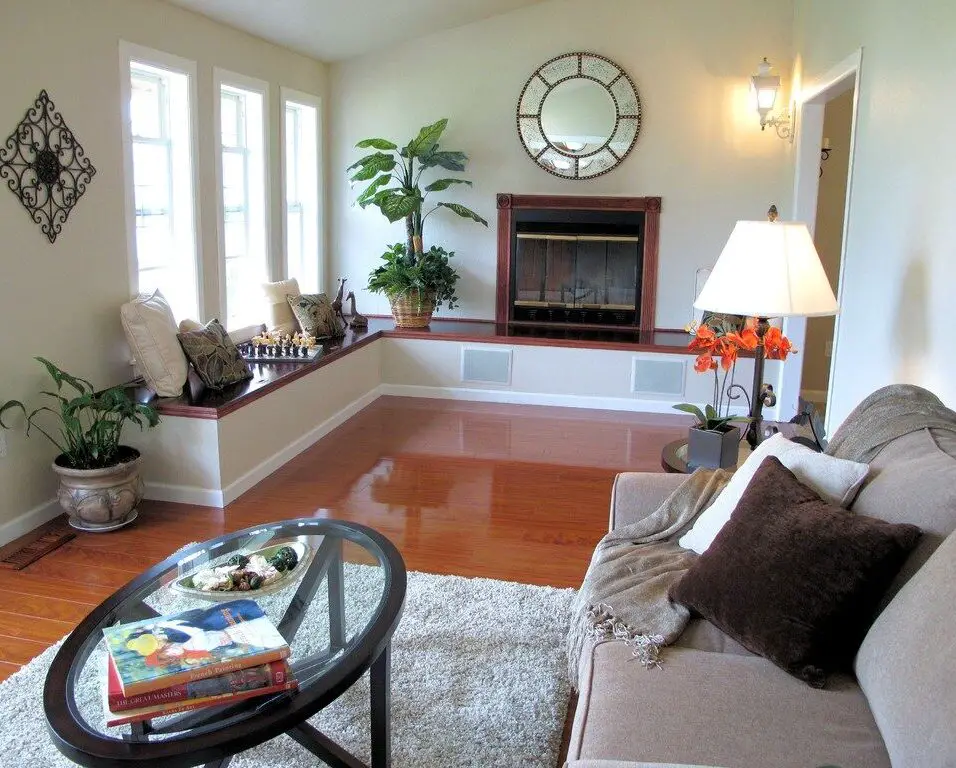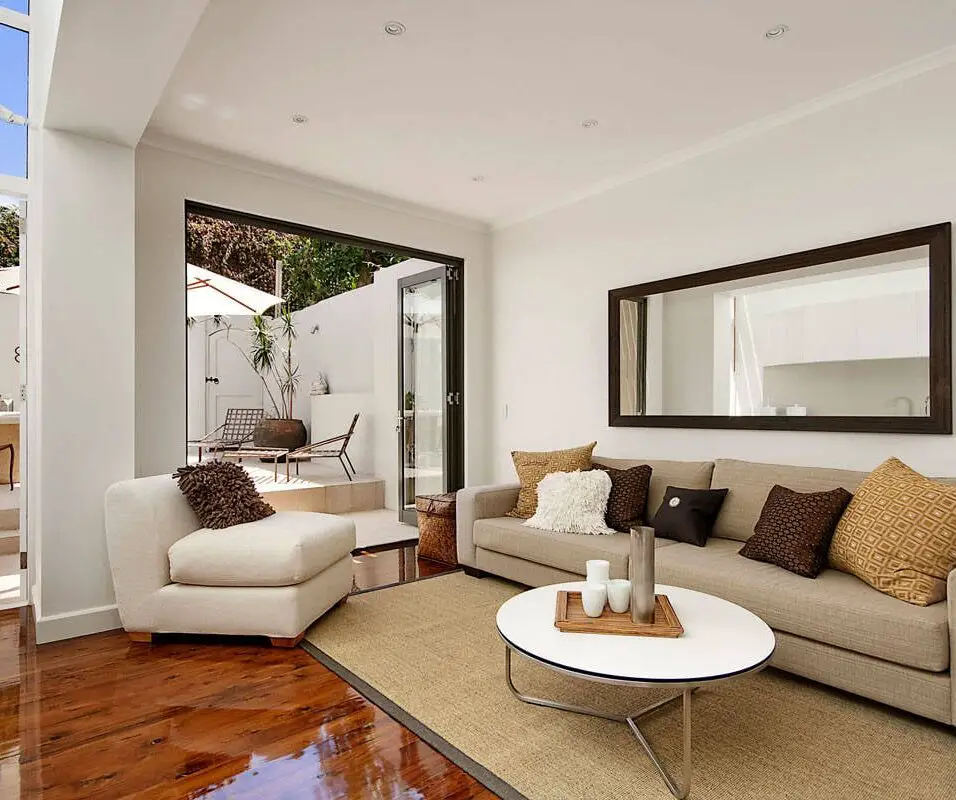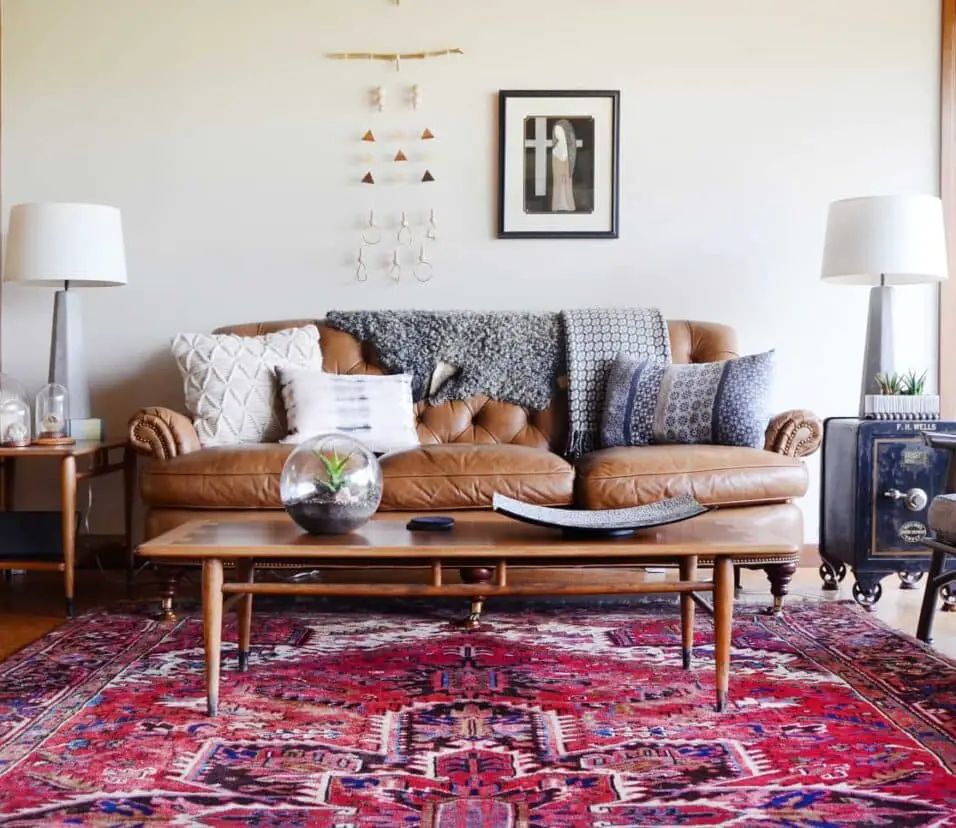How To Fill Empty Space In Living Room
Introduction
How To Fill Empty Space In Living Room: The living room serves as the heart of a home, a place where family and friends gather to relax, converse, and create lasting memories. However, even the most beautifully designed living spaces can sometimes feel incomplete or lackluster due to empty or underutilized spaces. Whether you’ve just moved into a new home, are undergoing a redecoration project, or simply seeking to refresh your living room’s ambiance, knowing how to fill empty space effectively can transform your living area into a warm and inviting haven.
Empty spaces in a living room can pose both an opportunity and a challenge. They provide a canvas for creativity and personal expression, but they also require thoughtful consideration to ensure that they complement the overall aesthetic and functionality of the room. With the right approach, these spaces can be transformed into functional areas, cozy nooks, or stylish design elements that breathe life into your living room.
We will explore various strategies and design principles for filling empty spaces in your living room. From selecting the right furniture and decor to optimizing layout and flow, we’ll delve into practical tips and creative ideas that will help you make the most of every corner of your living room. Whether your goal is to maximize seating, enhance storage, or infuse personality and charm into your space, you’ll find inspiration and guidance to turn your living room into a place that not only looks great but also feels like home.
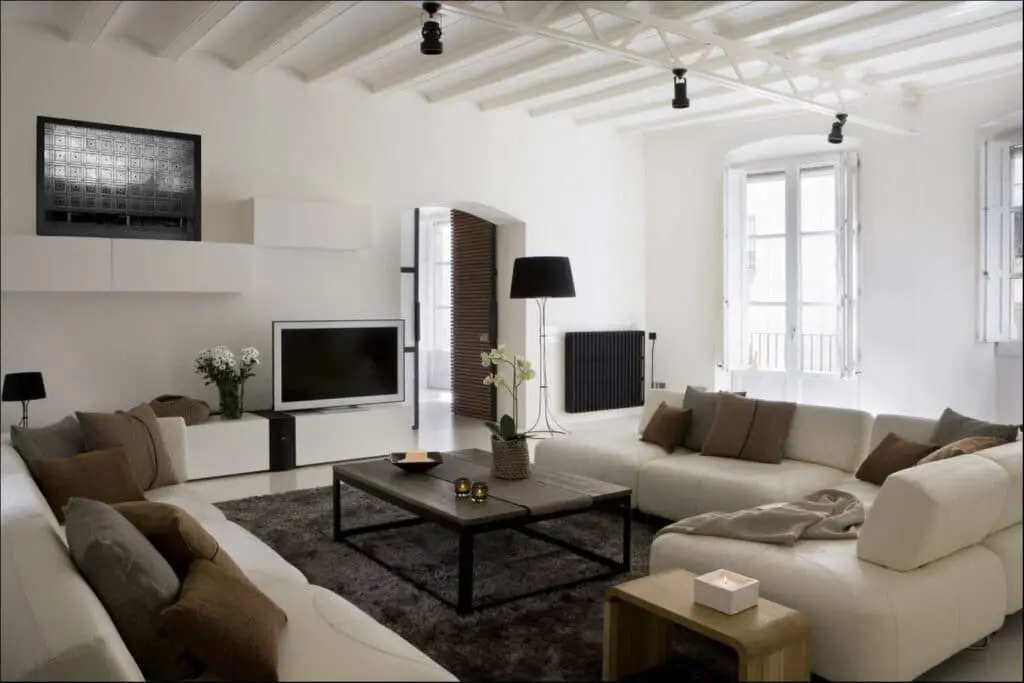
What can I put in my living room to fill space?
10 Creative Decorating Ideas to Fill The Blank Spaces At Home
- Choose a statement piece.
- Display your own gallery.
- Host your own exhibition.
- Designate an accent wall.
- Hang some curtains to capture the mood of the room.
- Style the floor with rugs.
- Buy printed furniture pieces.
- Play with lighting.
Filling empty spaces in your living room requires a thoughtful approach to design and decor. Here are some ideas to consider:
Furniture Arrangement: Start by arranging your existing furniture in a way that optimizes the use of space. Consider focal points, traffic flow, and the function of each area.
Additional Seating: Add comfortable seating options such as accent chairs, ottomans, or a cozy reading nook. These not only provide functional seating but also enhance the room’s aesthetics.
Bookshelves or Cabinets: Install bookshelves or cabinets to display books, collectibles, and decorative items. These not only fill space but also add personality and storage.
Rugs: A well-chosen rug can define and anchor a seating area while adding texture and color to the room. Ensure it’s appropriately sized for the space.
Coffee Tables and Side Tables: Include coffee tables and side tables to create functional surfaces for drinks, snacks, or decorative elements.
Wall Art: Hang artwork or photographs to cover empty walls and add visual interest. Consider a gallery wall arrangement for a stylish look.
Mirrors: Mirrors can make a room appear larger and reflect light, adding brightness to your living room. A large, decorative mirror can also serve as a focal point.
Plants and Greenery: Incorporate indoor plants to bring life and a touch of nature to your space. Choose varieties that thrive in your home’s lighting conditions.
Decorative Pillows and Throws: Enhance the comfort and style of your seating by adding decorative pillows and throws in coordinating colors and patterns.
Lamps and Lighting: Place floor lamps, table lamps, or wall sconces strategically to illuminate dark corners and create ambiance.
Decorative Objects: Use decorative objects like vases, sculptures, or figurines to adorn surfaces and add personality to your living room.
Media Center: If your living room lacks a TV or entertainment center, consider adding one to fill space and create a cozy entertainment area.
How do I make my living room not look empty?
Go Vertical. Vertical decor can draw the eye upward, effectively tricking guests into thinking your place is fully furnished. Think tall plants, bookcases, wall shelves, floor lamps, room dividers, tall cabinets—basically anything that soars toward the ceiling.
A living room that looks empty can feel unwelcoming and lacks visual interest. To remedy this and create a more inviting and balanced space, consider the following tips:
Rethink Furniture Arrangement: Start by assessing your furniture layout. Ensure that seating is arranged to facilitate conversation and that it complements the room’s focal points, such as a fireplace or large window.
Add Area Rugs: Place area rugs under furniture groupings to define and anchor spaces. Rugs add warmth, texture, and color to your living room.
Incorporate Wall Art: Hang artwork, photographs, or decorative mirrors on the walls. These can fill empty wall spaces and serve as focal points.
Shelves and Cabinets: Install shelves, bookcases, or cabinets to display books, decorative items, and personal mementos. These not only fill space but also add personality.
Window Treatments: Dress your windows with curtains or blinds to add softness and frame the view. Choose window treatments that complement your room’s style.
Lighting: Incorporate various lighting sources, including overhead fixtures, floor lamps, table lamps, and wall sconces. Lighting not only brightens the room but also adds visual interest.
Decorative Accessories: Arrange decorative accessories like vases, decorative bowls, candles, or sculptures on coffee tables and shelves.
Textiles: Introduce throw pillows, blankets, and curtains in coordinating colors and patterns to add depth and warmth to your living room.
Plants and Greenery: Add indoor plants to bring life and vibrancy to your space. Choose plants that suit your room’s lighting conditions.
Functional Furniture: Opt for furniture pieces that serve a dual purpose, such as storage ottomans or coffee tables with built-in shelving.
Accent Wall: Consider painting one wall in a different color or adding wallpaper to create an accent wall that draws the eye.
Personal Touch: Incorporate personal items, such as family photos or heirlooms, to make the space feel more like home.
How do you fill a large open space in a living room?
13 Decorating Tips To Making A Large Room Feel Cozy
- Strategically place tall potted plants.
- Paint two-tone walls.
- Swap your coffee tables for oversized ottomans.
- Round out a big seating plan with a pair of X-benches.
- Use a daybed as a room divider.
- Define zones with a console table.
- Add coziness with a screen.
Here are some strategies to consider:
Create Zones: Divide the open space into functional zones. For example, designate an area for seating, another for dining, and perhaps a reading nook or workspace. Use furniture and area rugs to define these zones.
Large Furniture: Invest in substantial furniture pieces that are proportionate to the size of the room. A large sectional sofa, a spacious dining table, or an oversized coffee table can help fill the space effectively.
Area Rugs: Place large area rugs under furniture groupings to anchor the different zones and create a sense of coziness within the open space.
Tall Shelving: Install tall bookshelves or cabinets to maximize vertical space. These not only provide storage but also draw the eye upward, making the room feel taller and more substantial.
Multi-Functional Furniture: Consider furniture pieces that serve multiple functions, such as a sofa bed or a dining table with expandable leaves. This allows you to adapt the room for different uses.
Wall Art Gallery: Hang a gallery of artwork or a large statement piece on one of the walls. This can serve as a focal point and add visual interest to the room.
Floor-to-Ceiling Curtains: Install floor-to-ceiling curtains to frame windows and create a sense of height and grandeur in the space.
Lighting Fixtures: Incorporate statement lighting fixtures, such as a large chandelier or pendant lights, to draw the eye upward and add drama to the room.
Indoor Plants: Use tall indoor plants to fill vertical space and bring nature indoors. Large potted plants can make the room feel more inviting.
Use Color: Experiment with bold paint colors or wallpaper on accent walls to create visual interest and define different areas within the open space.
How do you fix a boring living room?
Living room decor ideas
- End tables that can be used in a variety of ways for living room decor.
- Create a gallery wall with artwork.
- Include bookshelves in your wall design.
- Add sculptural lighting fixtures in the living room.
- Bring the outside in with indoor plants.
- Bring back retro room decor with rounded furniture.
Here are some effective strategies:
Use Area Rugs: Place area rugs under different groupings of furniture to visually delineate separate zones. This can help anchor each area and make it feel distinct.
Furniture Arrangement: Arrange your furniture in a way that defines specific areas. For instance, put your couch and coffee table in one area to make a seating area, and then put your dining table and chairs in another area.
Room Dividers: Consider using room dividers or screens to physically separate spaces within the open room.
Different Flooring: If feasible, use different flooring materials or finishes to mark off areas. For the dining room, perhaps polished hardwood, while the living room could benefit from a luxurious carpet.
Color and Paint: Use paint or wallpaper to differentiate zones. A contrasting paint color or a bold accent wall can help create a boundary between spaces.
Furniture Placement: Arrange your furniture in a way that visually closes off the space. For instance, place a bookshelf or console table behind your sofa to create a barrier between the living room and the rest of the room.
Curtains or Drapes: Install curtains or drapes between areas to close them off when desired. You can pull them closed to separate spaces and open them to create an open feel.
Lighting: Use lighting fixtures strategically to highlight different areas. Pendant lights and fixtures can be used to denote dining or sitting areas. While lamps on the floor can be applied to illumine specific zones.
How do you close an open living room?
Add a room divider
Whether it’s just a simple series of vertical louvers. The shelf above expertly divides a living space from a craft area.
Here’s a step-by-step guide to help you arrange your spacious living room:
Define Zones: Break the large space into distinct zones based on functionality. Common zones include a seating area, a reading nook, a media or entertainment area, and perhaps a workspace.
Furniture Placement: Position your furniture to define each zone. In the seating area, consider arranging sofas and chairs around a coffee table to create an inviting conversation space. Use rugs to anchor the furniture in each zone.
Create Focal Points: In each zone, establish a focal point. For the seating area, it could be a fireplace, a large piece of artwork, or a TV. Arrange furniture around these focal points to draw attention.
Traffic Flow: Ensure there is a clear and unobstructed path for traffic to move through the room. Avoid placing furniture in high-traffic pathways.
Balance Scale: Choose furniture that matches the scale of the room. In a spacious living room, larger pieces can work well to fill the space without overwhelming it.
Symmetry and Asymmetry: Mix elements of symmetry and asymmetry to create visual interest. For example, you can have two matching sofas facing each other for symmetry. Then add an accent chair for an asymmetrical touch.
Use Vertical Space: Incorporate tall bookshelves, cabinets, or wall-mounted storage to utilize vertical space and add dimension to the room.
Lighting: Layer different types of lighting, including overhead fixtures, floor lamps, table lamps, and wall sconces, to provide both ambient and task lighting. Use lighting to highlight specific areas or create cozy corners.
Scale Accessories: Choose decorative accessories that match the scale of the room. Oversized artwork, large vases, or substantial decorative pieces can work well in a spacious setting.
Where should I put my TV in my living room?
A TV should be placed on walls which aren’t high traffic areas and away from windows which can cause a glare on the screen. You should also think about the height you place a TV on a wall, as you don’t want yourself or your guests suffering from neck strain.
Here are some popular TV placement options and factors to consider:
Wall-Mounted: Mounting the TV on the wall is a space-saving and aesthetically pleasing option. You can position it at eye level for comfortable viewing. Consider a swivel or tilt mount for flexibility in adjusting the viewing angle.
Above the Fireplace: Placing the TV above the fireplace is a common choice. It can create a focal point in the room and make efficient use of wall space. Ensure the TV is not too high for comfortable viewing.
Media Console or TV Stand: Set your TV on a media console or TV stand. This provides storage for media equipment, DVDs, and decor. Ensure the console is wide enough to accommodate the TV and has proper ventilation for electronics.
In a Built-In Cabinet: Consider integrating the TV into a custom-built cabinet or entertainment center. This allows you to conceal the TV when not in use, maintaining a clean and uncluttered look.
Room Divider: If your living room is open-concept or serves multiple functions, use a room divider with a built-in TV mount. This can create a visual separation between areas while allowing the TV to serve both sides.
Floating TV Unit: Install a floating TV unit on the wall to create a sleek and minimalist look. This option can be particularly effective in modern or contemporary interiors.
Corner Placement: Place the TV in a corner of the room if you have limited wall space or if the room layout naturally lends itself to this arrangement. Corner TV stands or wall mounts designed for corners can be used.
How to decorate a dead space?
To optimize this area, consider adding built-in shelves or cabinets to increase storage. Lighting is also crucial, particularly if your nook lacks natural light. You can incorporate a small table lamp, or pendant light, or install recessed lighting to brighten up the space.
Here are some creative ideas to decorate dead spaces:
Reading Nook: Transform a small alcove or corner into a cozy reading nook with a comfortable chair or small loveseat, a bookshelf, and good lighting. Add cushions, throws, and a side table for a charming retreat.
Floating Shelves: Install floating shelves on an empty wall to display books, decorative items, or a curated collection. This not only adds visual interest but also provides storage and a personalized touch.
Gallery Wall: Create a gallery wall with an arrangement of framed artwork, photographs, or prints. Dead spaces can become vibrant focal points when adorned with an art display.
Indoor Garden: Utilize empty corners or nooks for indoor plants and greenery. Hanging plants, potted trees, or a vertical garden can bring life and a sense of serenity to the space.
Bar or Beverage Station: Set up a bar or beverage station in a dead space. Install a small bar cart, add shelves for glassware and bottles, and create a stylish spot for mixing drinks.
Home Office: Convert a dead space into a functional home office. Add a desk, chair, and storage solutions. Ensure adequate lighting and consider incorporating the decor into the overall room design.
Pet Corner: Create a dedicated space for your pets with their bed, toys, and feeding station. This keeps pet items organized and provides a cozy spot for your furry friends.
Mini Library: If you’re a book lover, turn a dead space into a mini library with floor-to-ceiling bookshelves or a wall-mounted bookcase. It’s a great way to showcase your book collection.
Cozy Corner Seating: Install a bench or built-in seating in a corner or bay window area. Add cushions, throw pillows, and a small table for a charming and functional seating nook.
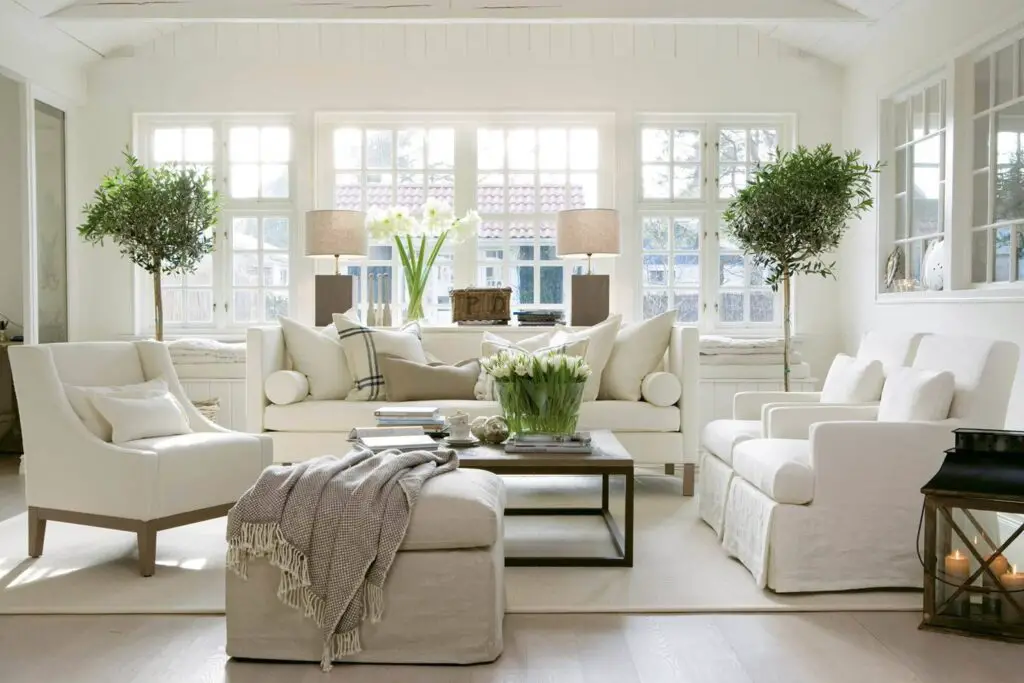
Conclusion
Transforming empty spaces in your living room into functional, aesthetically pleasing, and meaningful areas is an exciting endeavor that can breathe new life into your home. Throughout this guide, we’ve explored a variety of strategies and design principles to help you make the most of these spaces and create a living room that truly reflects your style and personality.
By carefully selecting furniture, decor, and layout options that align with your vision and lifestyle, you can turn empty corners into cozy reading nooks, underutilized walls into stylish displays, and vacant areas into functional zones for various activities. The key is to strike a balance between form and function, ensuring that your living room not only looks inviting but also serves your everyday needs.
As you embark on the journey of filling empty spaces in your living room, don’t forget that design is a dynamic process. Experiment, take risks, and allow your creativity to shine. Your living room should evolve with you and reflect the changing seasons of your life.



